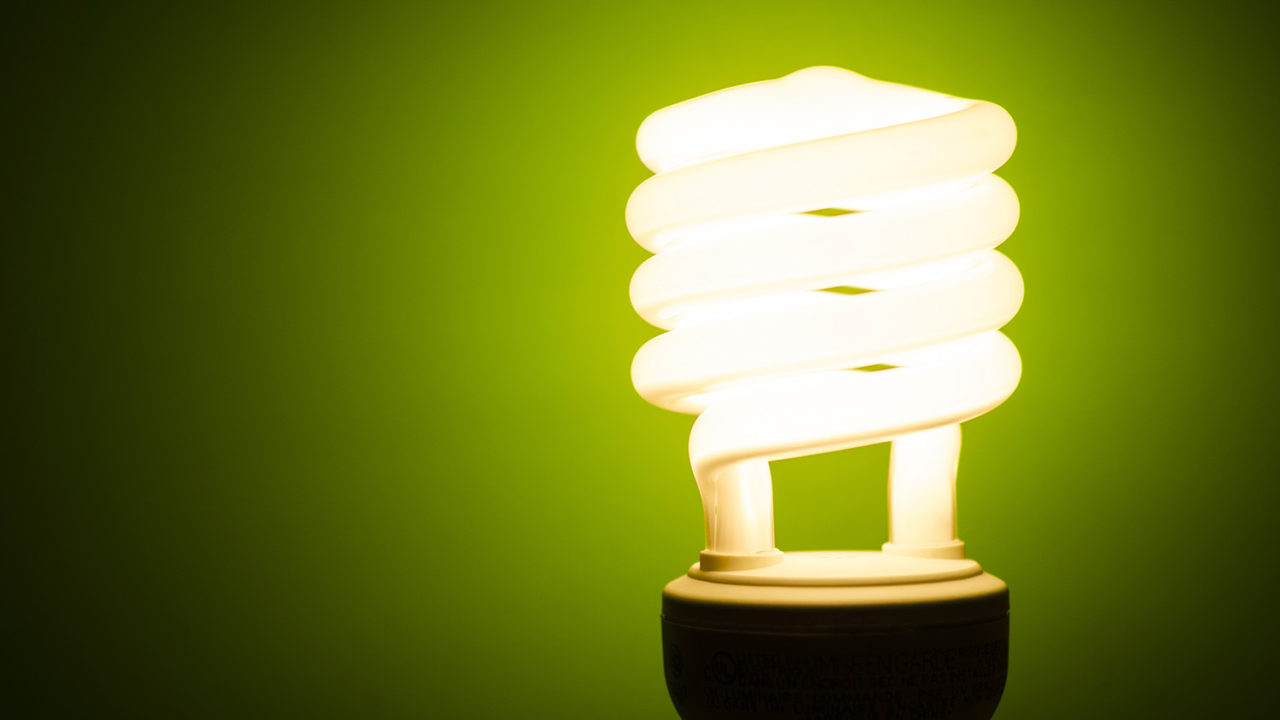Apple Touts Major Reduction in Energy & Material Use for New Mac Pro

Hot on the heels of the product’s launch, Apple is touting the energy efficiency and environmental friendliness of its new flagship, the 2013 Mac Pro. According to its Mac Pro Environmental Report (PDF), the unique new desktop workstation offers significant advantages over its predecessor in terms of materials and power draw, although the comparison is not exactly apples to apples, if you’ll excuse the pun.
According to Apple, the base 2013 Mac Pro with a six-core 3.5GHz CPU and dual FirePro D500 GPUs (Model MD878) uses 68 percent less energy than the “2012” Mac Pro (Model MD771) with two 2.4GHz six-core CPUs (for a total of twelve cores) and a single Radeon HD 5770 GPU. For the new Mac Pro, that equates to about 43 watts at idle, 2.8 watts while in sleep mode, and trickle draw of about 0.25 watts while off.
While the energy use comparison between the two Mac Pro models is questionable due to the significant difference in capabilities and components, the overall message is clear: Apple’s design efforts and component selection for the new Mac Pro make it extremely energy efficient considering its performance. As for energy use under load, Apple provides no guidance, but TekRevue will have results to share once our test unit arrives.
But there’s more to environmental friendliness than just energy efficiency, of course. Apple has long touted the environmental impact of its components, manufacturing, packaging, and shipping, and the new Mac Pro continues the tradition. The Mac Pro’s small size relative to its predecessor results in a significant reduction in the use of aluminum (74 percent) and packaging (82 percent less packaging volume). This means that up to “three times” the number of units can fit into an airline shipping container, reducing the number of flights needed to move units into the retail chain, along with the accompanying reduction in carbon emissions.
The new Mac Pro also remains “highly recyclable,” with a lack of common chemicals in the manufacturing process and a reliance on aluminum, which accounts for just over half of the product’s total material use.
Those interested in the full report can view it online now, along with Apple’s other environmental reports at the company’s website.
















